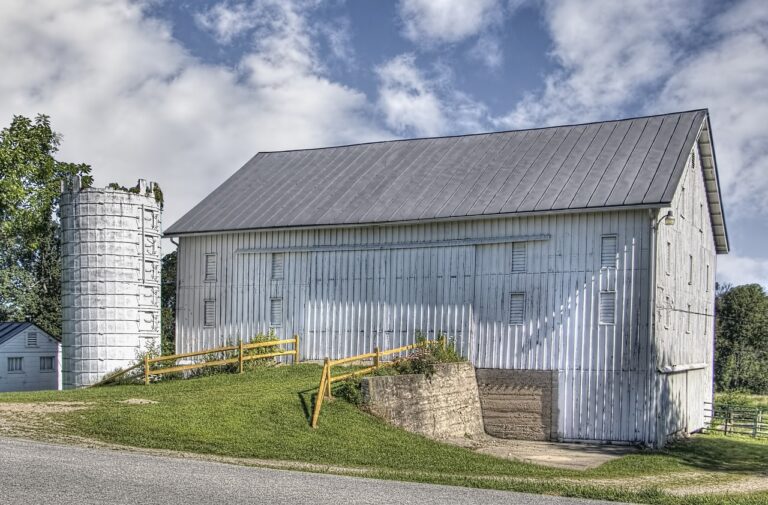The Benefits of Passive Solar Design in Home Construction
Passive solar design is a sustainable approach to constructing buildings that maximizes natural resources to achieve thermal comfort. By strategically placing windows, walls, and overhangs, passive solar design utilizes the sun’s energy for heating in the winter and shields against its intensity in the summer. This design principle aims to reduce the reliance on mechanical heating and cooling systems, thus lowering energy consumption and expenses.
The orientation of a building plays a crucial role in passive solar design, with south-facing windows absorbing the maximum sunlight in the northern hemisphere, while north-facing windows are optimal in the southern hemisphere. The careful selection of materials with high thermal mass helps to store heat during the day and release it slowly at night, maintaining a comfortable indoor temperature throughout the day. Incorporating passive solar design elements from the initial stages of building planning can significantly enhance energy efficiency and sustainability in the long run.
Harnessing Solar Energy for Heating and Cooling
Passive solar design is a sustainable method that utilizes the sun’s energy for heating and cooling buildings effectively. By strategically positioning windows, thermal mass materials, and overhangs, buildings can passively collect and distribute solar energy throughout the day. In colder climates, this design allows for the sun’s warmth to enter the building, reducing the need for traditional heating systems during the day.
Similarly, in warmer climates, passive solar design can help cool buildings by blocking direct sunlight during the hottest parts of the day and promoting natural ventilation. By incorporating elements like shading devices and thermal insulation, passive solar design can significantly reduce the reliance on air conditioning systems, resulting in lower energy consumption and decreased environmental impact.
Increased Energy Efficiency in Home Construction
One key aspect of enhancing energy efficiency in home construction involves incorporating effective insulation materials. Proper insulation helps to minimize heat loss during colder months and prevents heat gain in warmer seasons, reducing the reliance on heating and cooling systems. By utilizing high-quality insulation materials such as fiberglass, cellulose, or spray foam, homeowners can create a more energy-efficient living environment that promotes comfort and sustainability.
In addition to insulation, the strategic placement of windows and doors can significantly impact the energy efficiency of a home. Installing energy-efficient windows with low-emissivity coatings and proper weather-stripping can enhance the building’s thermal performance by minimizing air leakage and heat transfer. Furthermore, positioning windows to maximize natural light exposure can reduce the need for artificial lighting, contributing to lower energy consumption and increased overall efficiency in home construction.
What is passive solar design?
Passive solar design is a method of designing buildings to harness the energy from the sun for heating and cooling, reducing the need for artificial heating and cooling systems.
How does passive solar design increase energy efficiency in home construction?
By strategically placing windows, thermal mass, and insulation, passive solar design maximizes the use of natural sunlight and heat to reduce the energy required for heating and cooling the home.
What are some benefits of harnessing solar energy for heating and cooling?
Harnessing solar energy can lower energy bills, reduce carbon footprint, and increase the overall comfort and sustainability of the home.
How can homeowners incorporate passive solar design into their homes?
Homeowners can work with architects and builders to design and construct homes with features such as south-facing windows, overhangs for shading, thermal mass, and proper insulation.
Are there any government incentives or programs available for increasing energy efficiency in home construction?
Yes, there are various government incentives, grants, and programs available for homeowners looking to increase energy efficiency in their homes, such as tax credits for installing solar panels or energy-efficient appliances.







